In an era of tight budgets and growing green consciousness, more co-op and condo communities than ever before are moving toward energy conservation and sustainable resources. For those residential buildings lucky enough to stand tall in New York, an extraordinary number of resources exist for them to make drastic changes to the way they consume energy, including education, training, networking and even financial assistance available through a broad network of green organizations and programs.
According to The Wall Street Journal’sMetropolis blog, a recent survey examining the sustainability practices and policies of American and Canadian cities ranked New York third behind Vancouver and San Francisco, which took top honors. The study cited New York’s “environmentally sound transportation system and land-use regime” as tops among all 27 cities surveyed.
With New York quickly gaining attention as a leader in green living, there may be no better time for the city’s thousands of co-op and condo buildings to join the movement and begin conserving energy–and saving money–now.
Finding the Right Partner
Perhaps the most comprehensive resource available to boards and individuals interested in learning more about how they can save money and conserve resources in their homes is the New York State Energy Research and Development Authority (NYSERDA). The organization has a number of programs available for multifamily buildings, which they define as having five units or more. According to the website, the goal is to use NYSERDA’s “portfolio of programs and incentives…to amp up the performance of your building, by providing access to programs that fund, implement and measure energy efficiency to improve building performance and your bottom line.”
According to NYSERDA Project Manager Ryan Moore, “We have a number of portfolio programs for multifamily buildings. One of the most effective is the New York Energy $mart Multifamily Performance Program (MPP).” The program makes use of a network of technology partners, including engineers and energy consultants, to evaluate and benchmark the energy performance of a building. Depending on how they fare versus other similar buildings, they are assigned a performance target to achieve. By putting together an Energy Reduction Plan and putting that plan into action, the building becomes eligible for NYSERDA incentives, which vary by building and project size. NYSERDA also can provide access to lenders who will help finance these renovation plans at an exceptionally low cost.
“Our consultants will look at an entire building and do an audit and find a way to reduce that building’s energy consumption by 15 percent,” Moore says. “They start with the mechanical room and look at everything from the boiler to insulation to common area lighting. Basically, we look at any energy-intensive areas in a building.”
The program, says Moore, launched in 2006 and so far, more than 1,000 projects have been completed with 3,400 existing buildings and 215 new construction buildings participating.
The Green Jobs / Green New York Multifamily Building Energy Efficiency Financing Program provides loans to owners of multifamily buildings in order to encourage the installation of equipment that will result in energy savings. Loans are available for a wide variety of cost-effective improvements. In order for energy improvements to be eligible for financing using a GJ/GNY Loan, building owners must first receive an energy audit from NYSERDA’s Multifamily Performance Program. Additional incentives to help pay for audits and the installation of improvements are provided through the Multifamily Performance Program found at www.nyserda.org/multifamily.
For buildings that do not have the funds currently to tackle large scale renovation or upgrade projects, NYSERDA also will provide simply the benchmarking portion of the program at no cost along with a list of no- or low-cost actions for conservation. At the same time, this benchmarking “can help them comply with Local Law 84,” Moore says, referring to the law signed by Mayor Michael Bloomberg in December 2009 mandating annual energy and water benchmark reports for privately owned buildings over 50,000 square feet in size.
Once a building sees the amount of energy, and consequently, cost that could be saved by following the free recommendations, “they usually want to take part,” Moore says. Currently, NYSERDA is seeing an uptick in the number of applications for this program. Funding for the benchmarking and recommendations is limited, however, meaning boards and management interested in taking part should get involved as soon as possible.
NYSERDA is also offers cash incentives to multifamily buildings for installing advanced submeters. Through the Electric Reduction in Master Metered Buildings (ERMM) Program, NYSERDA will provide up to 50 percent of the cost for buildings to install advanced meters, says Moore. “It’s really geared to co-ops and other market rate buildings,” Moore says. “Boards understand that this is really a way to save money.”
According to the NYSERDA site, “advanced submetering technology now allows residents to control their own energy use with real-time data and take advantage of smart grid opportunities, ideally only using energy when prices are at their lowest and conserving when prices peak.”
“When people are paying their own energy bill,” adds Moore, “they’re more mindful. This way, people can control their own meters.”
Programs such as these “take champions to sell them to boards and shareholders,” Moore says. Often, projects are slow to take off in the city simply because of the time it takes to go through boards and other governing processes.
NYSERDA also provides incentives for residents to upgrade their appliances, replacing existing models with high-efficiency Energy Star products, designed specifically to reduce energy use.
Collective Efforts
The efforts undertaken by individual residential buildings to reduce energy consumption and work toward a greener future are mirrored in the number of city-wide initiatives launched by municipal and non-municipal groups throughout the city. Perhaps the most ambitious effort is PlaNYC, which is administered through the Mayor’s Office and brings together more than 25 city agencies to do everything from conserve parks to improve mass transit to creating more than 64,000 units of green housing. To date, the plan seems to have been effective – according to the PlaNYC website, the city has reduced its greenhouse gas emissions 13 percent below its 2005 levels.
In his weekly radio address earlier this year, Mayor Bloomberg underscored his belief in the power of city initiatives and individual efforts to effect the greatest change. “Our PlaNYC successes have shown how important it is for government to make big investments in a greener future, such as the nearly completed Third Water Tunnel, the extension of the Number 7 Subway line, and the waste water system upgrades that have made our rivers and bays cleaner than they have been in a century. But equally important are the investments and actions of individuals. We cannot underestimate the collective power of more than 8 million New Yorkers greening their homes, businesses, and neighborhoods.”
Knowledge Saves Money, Energy
That collective effort is at the heart of another building-focused initiative: NYC Green House, which is run by the New York City Department of Housing Preservation & Development in conjunction with The Community Preservation Corporation.
This education-based program offers visitors to the website a tool kit for saving money by reducing energy and water consumption and being mindful of the materials used in building in renovation. “It’s meant to be a resource of information for people who are green about being green,” says Sadie McKeown, senior vice president of The Community Preservation Corporation (CPC) and one of the prime motivators behind NYC Green House. “We have stakeholders throughout the city, including lenders, who have been trying to help buildings get more green. For the city, it’s about reducing carbon. For people, it’s about saving money. We really need to educate people on how to make that possible.”
One way to do that is to help co-op and condo buildings see the benefits of installing new electricity meters, upgrading their boilers or adding insulation. McKeown says, “The CPC tries to get people (and boards) to think about those changes during refinancing. It’s the least expensive way to get the money to invest (in those renovations), and it’s a time when they should be looking at the long term. It’s a time to look at energy efficiency as part of the overall plan for and well-being of the building.”
One of the things that stops boards and individual unit owners from doing more to green their buildings is simply a lack of understanding on what is available to them and what the benefits are of change. “The underlying issue is awareness,” McKeown says. They may expect too much, too soon from the changes they have made to their buildings or units. “People are suspect about energy efficiency,” she adds.
Board members and unit owners don’t have to make drastic changes to reap the benefits of energy efficiency. “ Lighting is certainly among the lowest hanging fruit in terms of the fastest payback,” said Michael Weisberg, a principal at M-Core Credit Corporation in Montebello, N.Y. “ Modern heating control systems are also very effective for many buildings and rank down among the simpler and lower costs items. Converting boilers or replacing them to have the ability to burn natural gas instead of oil is very much in demand today.”
Educational efforts are key to helping people better understand what can be achieved and how to make it happen. On the NYC Green House website, visitors can look at four key areas of interest: energy, water, materials and community. The energy section, for example, offers buildings tips on energy conservation measures they can share with their residents and at the same time, provides links and connections to rebates, incentives and tax credits that the board and management can use to improve the bottom line.
The city’s Departments of Environmental Protection and Housing Preservation and Development are also attempting to put their own education initiatives into place. Their Water Conservation Seminars for Building Managers, for example, is a free series of three-hour classes on water conservation, water and sewer billing and the transition to metered billing.
GreenHomeNYC also provides assistance to buildings and boards to help them become more green. Since 2002, GreenHomeNYC has been connecting New York City residents with local experts and actionable information to help them improve the energy and environmental performance of their homes and buildings. Their House Calls program offers free information sessions to co-op and condo boards. For information, contact them at http://greenhomenyc.org.
Taken together, the measures undertaken by NYSERDA, PlaNYC, NYC Green House and GreenHomeNYC and numerous other municipal and non-municipal agencies throughout the city are gradually transforming the way New Yorkers live.
For co-op and condo buildings, there likely has never been a better time to get involved and take advantage of the incentives designed specifically to help them make the transition to the new, green age. By putting into place just a couple measures at a time, boards don’t have to tackle all projects at once. “It is important for buildings and their managers to proactively prepare a ‘Road Map to Energy Efficiency and Savings,’”Weisberg says. “ They do not need to do everything at once, but with a plan they can implement measures over time.”
Although the initial investment in infrastructure, equipment and materials may seem steep, with the proper balance of incentives and long-term savings, the effort will ultimately save money and save the environment.
Liz Lent is a freelance writer and a frequent contributor to The Cooperator.



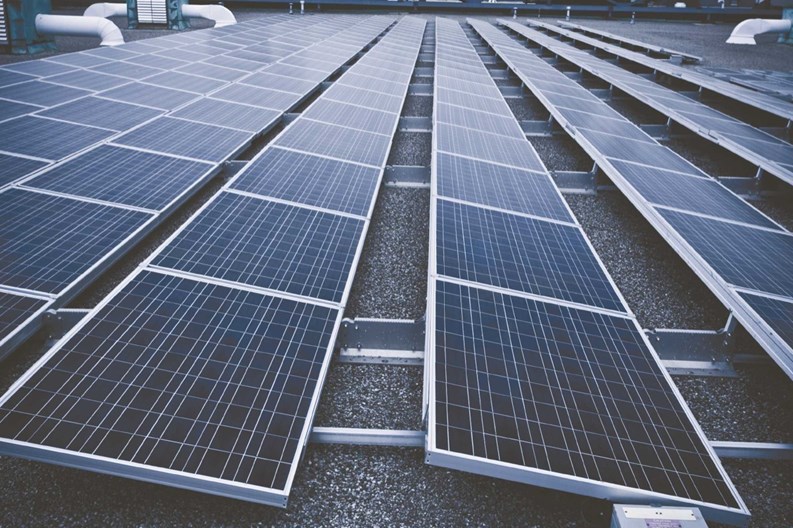
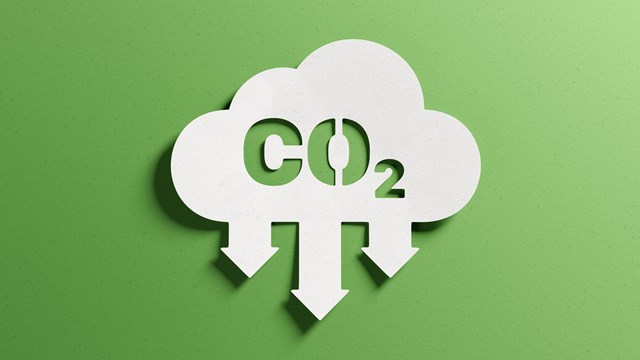


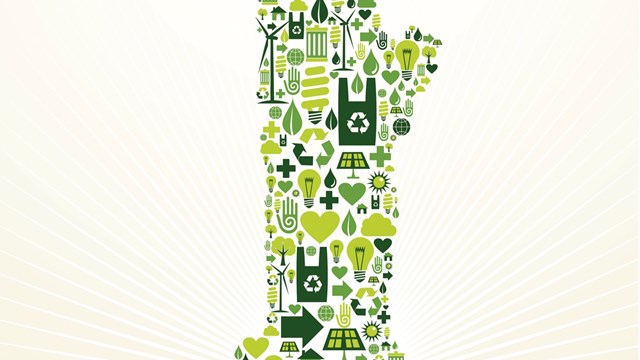
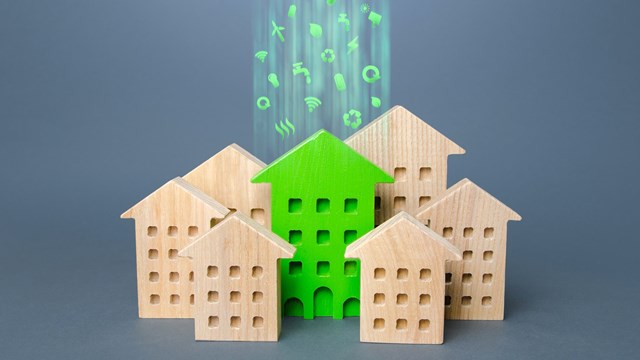
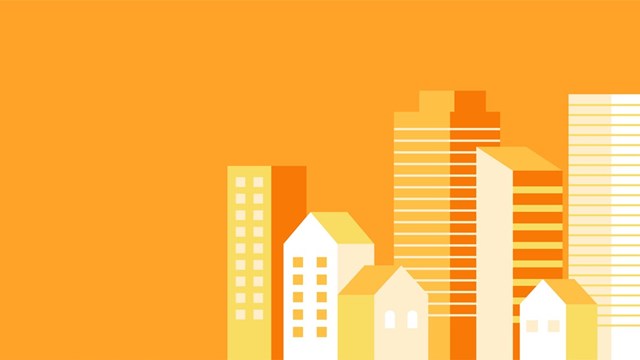
Leave a Comment